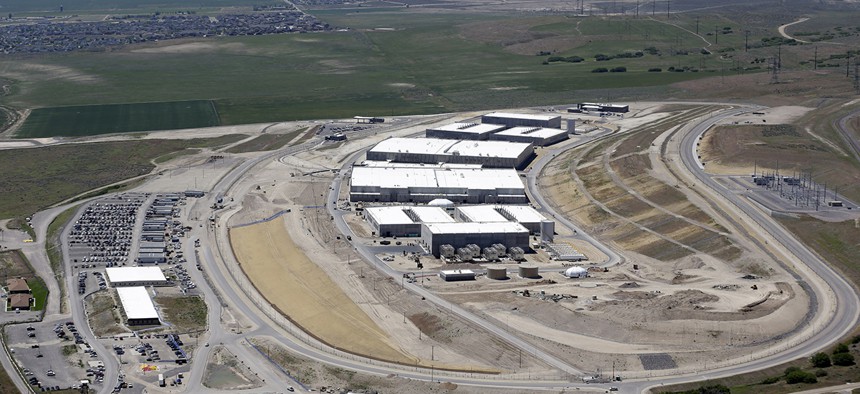The Intelligence Community’s Big Budget Challenge

dencg/Shutterstock.com
The report suggests IT spending will essentially stagnate through 2020, with estimated IT spending at $9.5 billion by then.
Since a peak funding level of $80.1 billion in 2010, the 17 agencies within the intelligence community have been forced to operate with declining dollars, down to some $66 billion in fiscal 2015.
According to a new report from market researcher Deltek, the IC’s overall budget may be on the uptick, but its spending on information technology won’t be.
That means the IC will have to meet growing threats on land and in cyberspace – particularly from China and Russia, the report notes – without the added benefit of extra tech spending.
Because the IC does not publish a public line-item budget for its IT expenditures, much of the data in Deltek’s report are based on estimates from entities like the Federal Procurement Data System.
Using this data and other sources, Deltek estimated there was about $9.8 billion in “total addressable” intelligence tech spending in fiscal 2015. The report suggests IT spending will essentially stagnate through 2020, with estimated IT spending at $9.5 billion by then -- a 0.4 percent decrease from today’s levels.
“While overall spending for IT spending is expected to remain flat over the forecast period, demands related to cybersecurity, cloud, big data analytics and infrastructure modernization will encourage growth opportunities,” wrote Deltek’s principal research analyst Kyra Fussell in a blog post announcing the research.
Doing more with less is a mantra echoed by National Intelligence Director James Clapper since it became apparent that even the IC feels the tightening of overall budget squeezes.
The IC’s flagship IT initiative, the IC Information Technology Enterprise strategy -- known as ICITE (pronounced “eyesight”) -- could help.
That strategy, authored by Clapper and former IC Chief Information Office Al Tarasiuk, directed agencies to share IT services when possible, rather than buy and silo their own. ICITE changed the business model for agencies, providing a unified vision to securely discover, access and share data.
In one such example, the CIA contracted with Amazon Web Services for $600 million to build a single cloud infrastructure for each IC agency to use. CIA officials cited rapid innovation and cost savings as primary drivers to a commercial cloud computing platform – albeit one behind the IC’s firewall.
Presumably a reliance on such “as-a-service” capabilities will reduce maintenance and operating costs of outdated data centers and server racks over time.
“There are indications of efficiency and potential through shifts toward as-a-service models, adopting analytics and optimizing how the IC works,” Fussell told Nextgov in an interview.
Legacy spending, Fussell said, is tricky business for the IC. That’s because turning off a data center containing petabytes or more of classified or sensitive data and relying instead on a less-proven technology like cloud can be seen as risky.
The National Security Agency began to buck this trend last year when it started closing down legacy data repositories and transitioning existing data to its own open-source cloud. That’s more an exception than the rule, though, even when new technologies come into the fold.
“They usually continue paying for their legacy systems,” Fussell said.
It’s also tough to estimate how technologies that increase efficiency and promote cost savings actually affect the IC budget, said Alex Rossino, a senior principal research analyst at Deltek.
“There is certainly some kind of impact; the problem is finding out where correlation meets causation,” he said.
Rossino added it was encouraging to see technology driving structural changes at large-scale organizations like NSA, which is undergoing a reorganization that will merge its offensive and defensive organizations.
“This is a reorganization that appears to be driven by technology as opposed to by streamlining processes,” Rossino said. “They’re bringing operators and analysts and anyone in the business side of the house together to create teams so they can glean the most insight from data analysis.”
Because of ICITE, a stagnant IT budget for the IC is not necessarily “all doom and gloom,” Fussell said, but “the margin for mistakes is getting narrower.”






